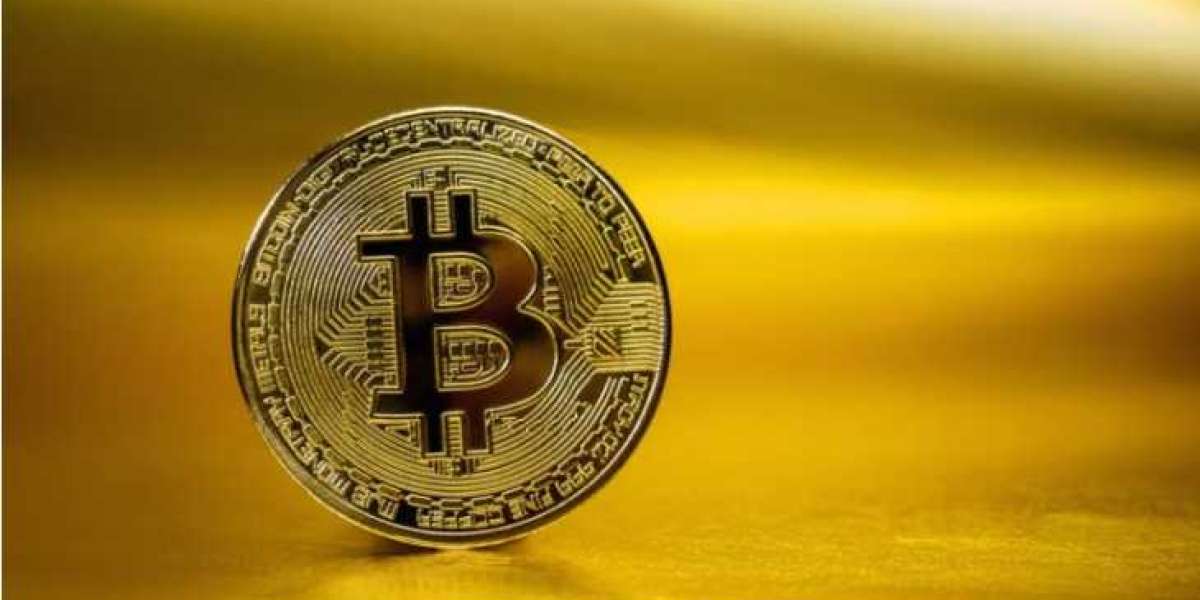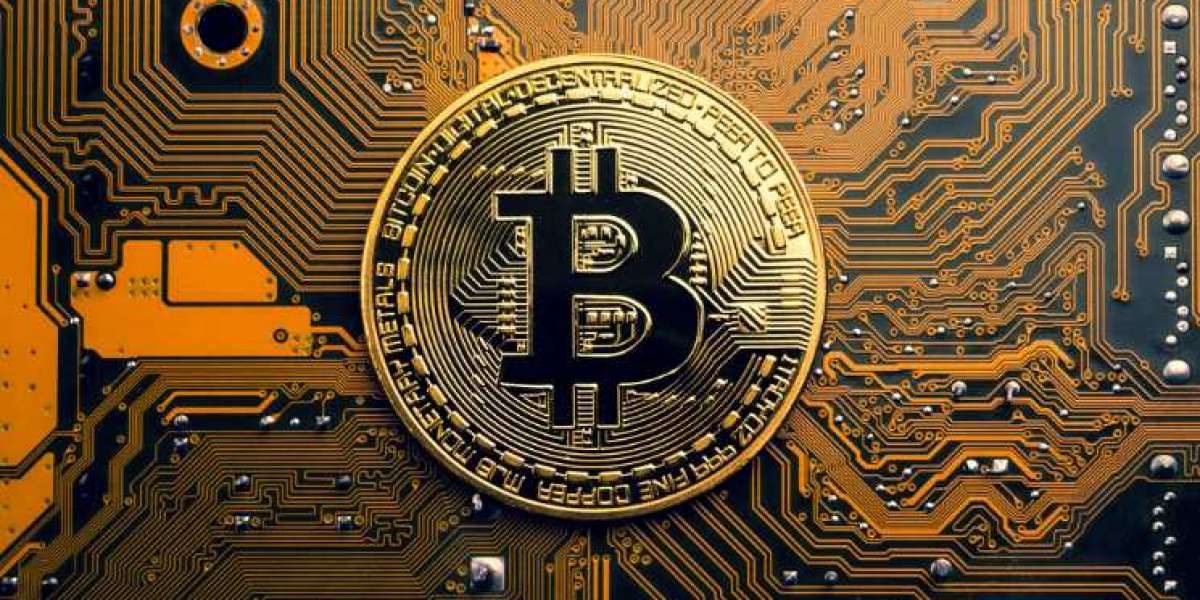This type of scam occurs when the team behind a particular project hypes and pumps the token of the project, only to depart with the funds and leave people who invested in the project with a token that has no worth.
This is how it works: the fraudulent developer or developers create a new token for their project and generate a lot of hype about it, either naturally or by paying influencers to spread the word for them. After the price of the token has climbed to a significant point, they will then attempt to remove as much value from the market as they possibly can, ultimately causing the value of the token to become worthless and return to its initial state.
These scams are called exit scams and are common in the decentralized finance (DeFi) field.
Which of the Many Different Types of Rug Pulls Are There in the Crypto Space?
In order to pull off this crypto fraud there are three systems in place: one that steals liquidity, another that dumps, and a third that limits sell orders. In the following paragraphs, we will examine each of these subtypes, and in the following paragraphs, we will investigate the strategies to recognize and avoid falling victim to this deception.
- Taking Advantage of Liquidity
A rug pull of this type takes place when the team responsible for the development of a token or the developer of the token themselves remove all of the tokens from the liquidity pool. The conclusion that can be drawn from this is that all of the value that was contributed to the token by the investors has been removed. As a direct consequence of this, the cost of the token will eventually reach zero.
This particular type of rug pull scam occurs more frequently in the DeFi space, and as a result, it is frequently referred to as a DeFi rug pull.
- Dumping
This kind of backhand maneuver is carried out when the developers sell off their own piece of the token ownership, which is always the greatest share. As a consequence of this action, the price of the token will be driven down, and the token that is held by the remaining investors in the ecosystem will be worthless. The most common time for this kind of con to take place is after the project has been heavily promoted through social media, which must have generated some excitement about the venture. The subsequent rise in price and subsequent drop in value are commonly referred to as a "Pump and Dump Scheme."
When compared to other types of rug pull scams that take place in the DeFi arena, dumping focuses on the required ethics from the developer(s) of the cryptocurrency project. When it comes to the crypto sector, it is generally considered to be extremely immoral for any developer to buy and sell their own token. They can utilize this to produce false spikes in the price, which they can then finally dump after the value has been inflated. When it comes to crypto rug pulls in the cryptocurrency realm, however, dumping is an issue of how quickly a coin is sold and how much it is sold for.
- Limiting Sell Order
In order to deceive investors in a stealthy and sophisticated manner, developers have created the practice of limiting sell orders. In this type of con, the developer of the project incorporates codes into the project that prevent anyone other than themselves from selling the tokens. After the development phase is complete, they next wait for investors to purchase linked currencies and participate in their crypto initiative.
Paired currencies are two different cryptocurrencies that have been paired together in the cryptocurrency sector for the sole purpose of trading against one another. Investors lose their money when the developers close their holdings on a coin when there is enough price movement to cause them to do so.
The Squid Token scam is an example of this type of fraud that occurs in the cryptocurrency industry.
What is the main distinction between hard and soft pulls?
The rug pull scams have a two-dimensional structure. There is the strong draw as well as the gentle pull. Rug pulls that include stealing liquidity or placing limit sell orders are examples of hard pulls, whereas rug pulls that involve dumping are examples of soft pulls.
In light of the fact that there are numerous variations of the rug pull scam, this section will provide an explanation of what hard pulls and soft pulls are, respectively. If malicious backdoors are included in the token code by the crypto project's creators, hard rug pulls will occur.. These potentially harmful backdoors can also be concealed by developers within the scripts that make up the smart contracts of a cryptocurrency project. This indicates that from the very beginning of the conception phase of the business, their purpose has been crystal evident to deceive investors. In addition, another type of hard rug pull is the theft of liquid assets.
On the other hand, dumping can be thought of as a gentle tug on a rug. As was noted previously, in this form of rug pull scam, the developers of the project sell off all of the tokens as quickly as they can. This deals a significant blow to the project and, as a result, the token's value typically drops for the people who have already invested in it. The practice of dumping, despite being unethical, is not regarded as a criminal offense in the same way that the other kinds of rug pulls that make up hard pulls are.
Rug Pulls: Are they against the rules in the crypto space?
Cryptographic "rug pulls," despite the fact that they violate ethical standards, are not necessarily considered unlawful. When taking into account that hard rug pulls are categorically regarded as illegal acts, on the other hand, mild rug pulls are generally seen as merely unethical acts.
Consider the following scenario: a cryptocurrency project makes a commitment to donate a portion of their funds or perhaps everything they have, but fails to do so in the end. This kind of behavior is considered immoral, but it is not illegal. However, when compared to other fraudulent crimes in the cryptocurrency realm, the two forms of crypto rug pulls can be particularly difficult to follow and prosecute by law enforcement authorities due to the decentralized nature of the cryptocurrencies involved.
The failure of the cryptocurrency exchange Thodex, which was situated in Turkey, is a prime example of rug pulling in the industry of cryptocurrencies. And as a matter of fact, the theft valued at around 2 billion USD was believed to be one of the largest crypto rugs pulls in 2021, and it also continues to be the largest exit scam in the field of centralized finance (CeFi) to this day.
Even though around 62 people were taken into custody throughout the course of the investigation into the massive crypto scam, no one is aware of the location of the individual who is believed to be responsible for the scam.
In addition to the swindle involving Thodex, there have been additional instances of crypto-related Ponzi schemes in the industry, such as those involving Uranium Finance, Compounder Finance, AnubisDAO, and Meerkat Finance.
MORE ARTICLES
Analysis of Keyword Gaps – Strategy and Tools
Everybody Needs These 4 Types of Insurance
Methods to Stay Safe from Cryptocurrency Scams
There are a number of acts and indications that point to the existence of a possible crypto rug pull, and investors are cautioned to be on the lookout for these things in order to avoid falling victim to a scam. One of these warning flags is that there hasn't been an external audit done, and another is that the liquidity hasn't been locked down.
This section's objective is to educate readers about the fundamental red flags that every cryptocurrency investor should be on the lookout for so that they may protect themselves from falling prey to scams involving "crypto rug pulls."
1. Developers Who Remain Anonymous Or Unknown
When considering whether or not to put money into a project, the credibility of the team that will be working on the project should be one of the first things you evaluate. The following is a list of questions that, if answered correctly, will allow you to pass this test with flying colors: When it comes to the cryptocurrency industry, what kind of a track record do the project's developers and promoters have? Are they well-known among cryptography enthusiasts? Is it possible that the development team has doxed, but they are not very popular? If so, do they still appear to be legitimate, and can their promises be trusted to be fulfilled?
Investors in cryptocurrencies ought to view new initiatives with skepticism and caution. This is due to the fact that starting a project either costs very little or nothing at all, or at the very least, whatever costs are incurred can be viewed as an investment for a greater return. Additionally, anyone may quickly and simply create a profile and account on a social networking platform of their choice. The website, whitepaper, and other forms of media representations for the project should be of a high quality and demonstrate a high level of attention to detail. This is another another indicator that the project is genuine.
An anonymous or pseudonymous development team should be a major red signal. You must understand that times are changing, and when paired with certain other elements, this can just be a wonderful indicator for scam enterprises. This is something that many people will debate, due to the fact that the first and largest crypto asset in the world was established by someone who remains nameless up to this day but goes by the alias, "Satoshi Nakamoto."
2. There is no lock on the liquidity
Finding fraudulent projects in the cryptocurrency industry using this method is perhaps one of the simplest ways to do it. When it comes to legal projects, the liquidity of the currency is always locked. This is because, if it isn't locked, there is nothing preventing the project's creators from just fleeing with all of the liquidity.
Liquidity for the project is ensured by the use of time-locked smart contracts, which typically remain in effect for between three and five years after the token was first made available for purchase. Even though the developers have the ability to construct their very own bespoke script for the liquidity time lock, it is preferable to have other parties provide the lockers since it ensures a higher level of reliability.
Investors should also pay attention to the entire proportion of the liquidity pool that was frozen, as this is another important consideration. This is due to the fact that the efficiency of a lock may be evaluated based on the proportion of the liquidity pool that it is responsible for locking. This percentage is referred to as the Total Value Locked (TVL), and it is advised that it be somewhere in the range of 80 percent to 100 percent.
3. Limits on the number of sell orders that can be placed
Developers with malevolent intentions can install a piece of code that allows some people to sell their shares while preventing others from doing so. This allows some people to sell their holdings while preventing others from doing so. Because of this selling restriction, potential investors should be wary of the project because it is likely a fraudulent scheme.
A non-developer may not be able to discover a scam project by this method because it is hidden in the project's code. But one strategy that could be utilized is to begin by purchasing a modest amount of the token and then immediately attempting to resell it. If you are unable to resell the item that you have recently purchased, this is a red flag indicating that the venture is most likely a fraud.
4. Price Actions That Cause Spikes While Little Token Holders Are Present
A new cryptocurrency project that has large price swings should be approached with extreme caution due to the presence of these swings. If there is no liquidity lock placed on the token, then this becomes even more true. Every potential investor needs to be aware of the fact that significant increases in the price action of newly issued tokens in the DeFi market are most likely an indication of the pump that comes before the dump.
Any investor can use any blockchain explorer to check the number of other investors who are holding the token for any given project that raises such concerns about its legitimacy. You can be confident that the token is vulnerable to manipulation if it is owned by a small group of holders, as this limits the number of people who have access to it. A further disadvantage of having a limited number of holders is that a few "whales" can easily unload their holdings, bringing about an immediate and significant decline in the value of the token.
5. Returns that are Suspectively High
There are some things that, even though they appear to be too good to be true, actually are. Taking this idea and applying it to the world of cryptocurrencies, a token that advertises a high rate of return on investment may eventually turn out to be a crypto scam of the "rug pull" variety. On the other hand, in the event that this is not the case, then it is most likely a Ponzi scheme.
This should serve as a warning to investors to diversify their holdings of tokens that promise or offer high APY, which stands for annual percentage yield (like in three digits). In most cases, a high APY does not always mean that the cryptocurrency investment is a scam. However, they are illustrative of the enormous dangers associated with investing in cryptocurrencies.
6. Absence of an Independent Audit
A formal procedure known as a smart contracts audit, which must be carried out by an independent third party, has become the de facto industry standard for brand-new cryptocurrency projects during the past few years. Tether (USDT), which is a centralized stable coin backed by the United States Dollar, is an example that relates to this topic. The problem is that the development team did not reveal the fact that it is keeping some assets that are not backed by fiat currencies. This is the source of the problem.
The audit of smart contracts can also be used to projects in the DeFi space, and the required default audit of the projects must be completed. In addition to the standard audit, investors must not rely solely on the word of the development team to determine whether or not the project is free of malicious code; rather, they must make certain that the audit can be verified with other third-party entities to ensure that the project does not contain any such code.
Example: "The Squid Game Token Rug Pull" (Case Study)
Taking advantage of the excitement surrounding the popular Netflix show Squid Game, this token was designed and developed. The developers made a commitment to the investors that they would develop play-to-earn (P2E) games that were similar to the ones that were featured in the film. On the other hand, it was revealed that in order for players to take part in the game, they will need to have a certain quantity in their possession.
Since the movie was recognized, it is reasonable to assume that the token will also be acknowledged. And in contrast to the show, in which both the number of contestants and the ultimate prize were capped, everything in the game will be limitless, which is one of the reasons why so many people are interested in the initiative.
The value of the token increased from barely a cent to over a thousand dollars in just a few days due to token trading and consistent hype on social media. However, the creators pulled the rug out from under the hype in an unexpected manner, and the value of the token dropped from over three thousand dollars to zero literally in less than five minutes.
Because the project had a feature called "anti-dumping" that was turned on, it was very difficult for investors to dump the project. As a result, a significant number of investors lost their entire life savings and were left stranded without the ability to sell off their holdings in the open market. This resulted in a significant number of investors losing their entire life savings and being left stranded. Within a short period of time, the development team abandoned the project, scrubbed and erased the official website, and absconded with millions of dollars from the backers.
On a happier note, the last round of the show came to a depressing conclusion, and investors were able to gain insight into the story by looking into it. This allowed them to forecast the outcome of the project.
You can recognize the characteristics that were used in these scam projects by looking at this case study. These patterns include hypes, unexpected pumps, "anti-dump features," and others. We could go on and on listing the various examples, but the good news is that investors will eventually have enough knowledge to protect themselves from being taken advantage of in the cryptocurrency industry.
Conclusion
What every potential investor has to understand is that in order to identify a crypto scam, especially the kind that involves pulling the rug out from under you, it takes a significant amount of research. Before making any kind of financial investment, it is essential for each and every investor to devote a greater amount of attention to study.
It was anticipated that crypto "rug pull" frauds resulted in the theft of more than $7.7 billion from investors in the year 2021. The unfortunate part of the story is that investors were under the impression that they were participating in legal initiatives and even committed a significant amount of money to those companies; nevertheless, after a predetermined amount of time, the rug was yanked out from under them.
Before making any kind of investment in cryptocurrencies, you should always DYOR, which stands for "do your own research." This is one of the aspects of the cryptocurrency industry that cannot be emphasized enough. Before even considering an investment in new cryptocurrency ventures, potential investors are required to pay the price of study and due diligence.
CHECK OUT: https://www.mlmlegit.com/2022/04/is-safemoon-scam-expert-review.html




Alphonsus Odumu 5 w
Rug pull